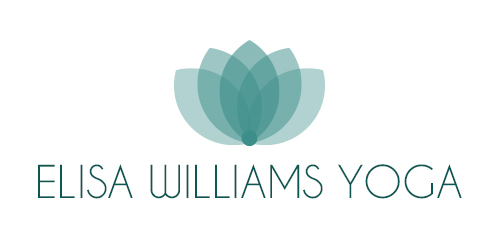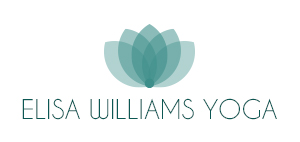Yoga is a way of living, which allows us to calm our minds, reduce the stress of our daily life and get more in touch with our real selves. Yoga in some form or another has been around since at least 500 BCE. However, today in the West most yoga classes focus on the practice of yoga postures (asanas) rather than on the ultimate journey towards meditation and enlightenment. These physical poses allow us to stretch, tone and open our bodies, to build strength, stamina and flexibility. As yoga is so ancient there are many different ways of practicing that have developed over the years. While some classes will focus on detailed bodily alignment, others are more dynamic movements, and others are quiet and reflective. I like to try and bring a mixture of these yogic styles to my classes and ring the changes, so if the first one you try doesn’t do it for you, try a few more. I feel that yoga practice should be a little like life, with light and shade and a few surprises, it should certainly never feel formulaic. It is only through change and experimentation that we learn and grow and keep our experience of yoga fresh.

.jpg)

The practice of asana enables us to become more comfortable in our bodies and more efficiently to work with our subtle energy flows, which in turn allows our mind to calm and settle more easily. Once that happens, then maybe we can sit quietly and comfortably in meditation or prayer. However yoga is not attached to any religion and can therefore be used by people of any religion or none without compromising their own faith or beliefs.
Contrary to some more extreme views, there is nothing in yoga which is incompatible with Christianity or Islam.
Yoga can help you to find physical and mental stillness and provide the time and space away from our over-scheduled lives to reflect quietly upon whatever is on our hearts. However while yoga continues to teach stillness and inner peace, yoga classes can also be as physically demanding as a session in the gym – and can generate just as much heat. Practiced mindfully with understanding and awareness of our bodies and breath, yoga also works the body far more safely and efficiently than so many popular physical activities.



Most classes, particularly those described as dynamic or flow yoga, or ashtanga yoga, will work on moving the body in conjunction with the breath in sequences of postures really designed to get the energy flowing. To practice yoga you certainly don’t have to be flexible enough to do a perfect lotus pose, touch your toes or be able to tie your self up into knots.
The benefits of yoga are open to everyone, irrespective of flexibility, strength or age. Your body is unique to you. You simply start where you are, and don’t worry about what anyone else can do. Students will get much more benefit from practicing simple postures mindfully and with proper bodily alignment, than you will from trying to force your body to do something it is not ready for.
There is no better way than to try a few classes and see how you get on. If the first one you try doesn’t suit you, try a few more and if you don’t like my teaching style then please PLEASE try someone else!


